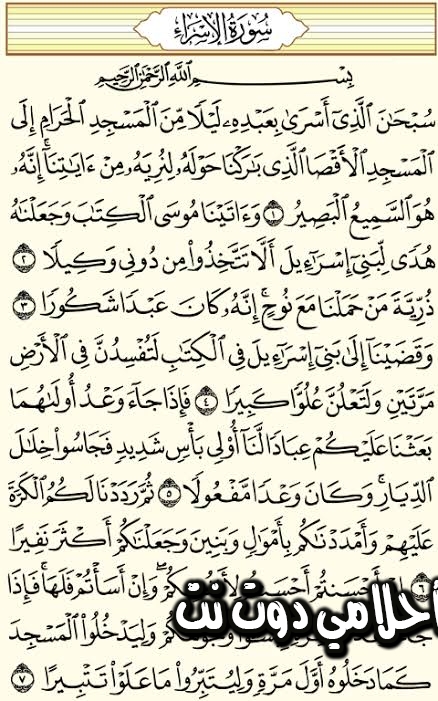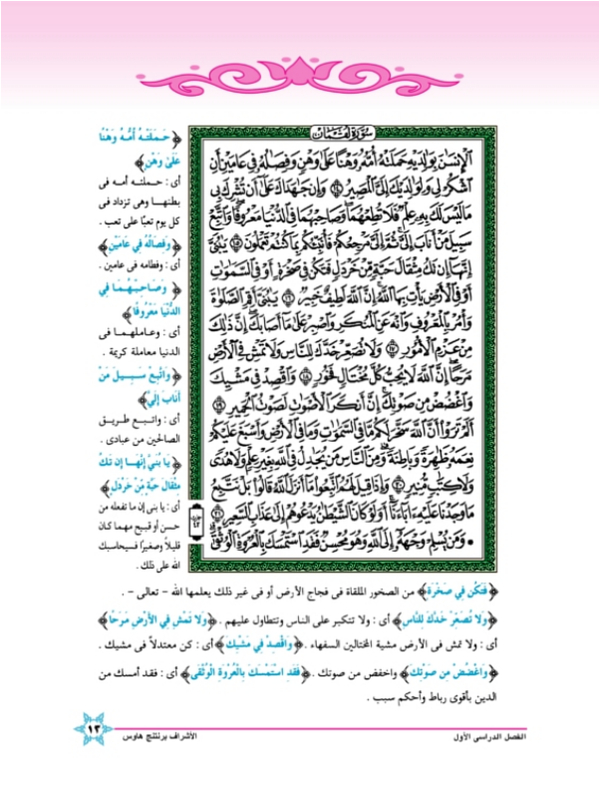
تلاوة سورة غافر من الآية إلى نهاية السورة - تلاوة القرآن الكريم وتجويده - خامس ابتدائي - المنهج السعودي

للمبتدئين| كيفية تلاوة سورة الفاتحة| وتنبيهات هامة لإتقان التلاوةFatiha sûresi nasıl okunur? - YouTube

دار القران الكريم - مادما - ورد التلاوة اليومي .. سورة يوسف الصفحه 245 من الآية 79 الى الآيه 86 من اتم التلاوة يعلق ب"صدق الله العظيم " الإثنين 24/12 | Facebook

تلاوة سورة الشورى من 13-15 (عين 2023) - سورة الشورى من الآية إلى الآية - تلاوة القرآن الكريم وتجويده - خامس ابتدائي - المنهج السعودي

للمبتدئين | كيفية تلاوة سورة الملك -القسم الأول/وتنبيهات هامة لإتقان التلاوة تلاوة| فضل سورة الملك - YouTube


















